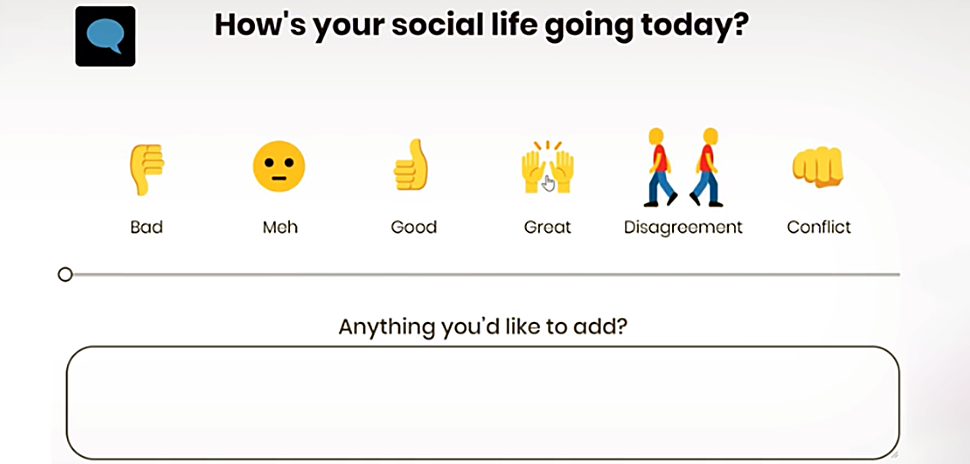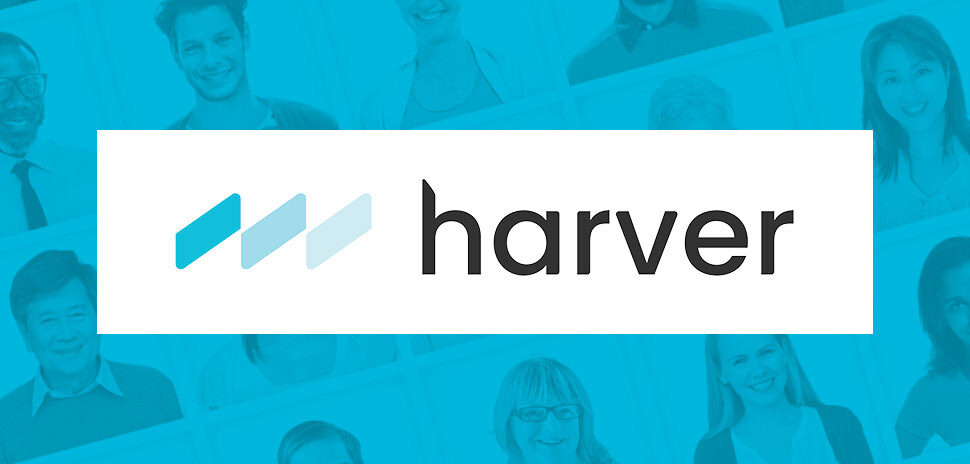Employers in today’s white-hot job market need to cut to the chase when hiring rockstars. They need to loosen up on work arrangements and offer benefits—even including bitcoin incentives or student-debt forgiveness—that matter to both job candidates and their existing workforce.
Those are a few of many highlights from the BGSF staff and its 2022 Salary Guide, which was publicly released Tuesday, Jan. 11. the workforce solutions provider will discuss the guide in a Jan. 14 webinar at noon CST. Sign up online.
Five takeaways from the guide:
1. Ask the questions that matter and expedite your hiring process.
“In this market, if you’re able to truncate your hiring process by even a couple days, you’re at an advantage,” said Tim Gibbons, a founder and the Vice President of Delivery at EdgeRock Technologies Partners, which was acquired by BGSF in 2020. “That’s how hot this market is.”
Gibbons concedes the notion of truncating a candidate search might sound like a double-edged sword, but, if done deliberately, and from a team approach, a shortened hiring process can work to an organization’s advantage.
“What I mean by truncating (the hiring process), I mean, it’s going in with a plan,” he said. “That there will be process: These are going to be the three individuals who are going to be part of the interview panel. These are the questions or the areas that they’re going to be focusing on, in talking with the candidate. And share feedback quickly.”
What’s more, interviewers can share the information that allows job candidates to make better decisions, such as—in the case of an IT professional—the company’s organizational flow chart, and a typical project flow chart that illustrates how IT projects are executed.
Including a staffing firm—such as BGSF—in the hiring process will save time, money and yield a better return on investment, Gibbons said. Such firms have the experience of checking references and doing in-depth research on what makes candidates tick, before candidates start the formal interview process, he said.
2. Don’t limit the job search to candidates in your backyard. Your competition won’t.
“If you’re looking to hire in your local market, the competition isn’t just the organization across the street from you, or down the road,” said Gibbons. “Your competition for talent is nationwide at this point. Organizations that have accepted that are well ahead of those that are sticking to their guns, seeking people who are within a 50-mile radius of the office.”
Companies that are willing to hire employees who will work remotely will have a distinct competitive advantage over those who don’t, he added.
3. Keep an eye on your organization’s public online reputation, and consistently work to build a social media presence that reflects the work and guiding principles of your company.
A candidate’s decision about whether to work for a company can be determined by something as simple as a Google or a Glassdoor review, said BGSF Marketing Specialist Brittany Berrodin. Online reputation management has been part of Berrodin’s job at BGSF, where she tracks—and if needed—replies to online comments about the workforce solutions firm. She also makes sure company posts and media images properly reflect BGSF’s culture.
4. Make it a point to understand what job candidates want and custom-build a package that speaks to their passions. This includes the software they want—or don’t know about that—will help them succeed.
This goes back to Gibbon’s reference to understanding what motivates job candidates. Compensation comprises roughly 25 percent of a job candidate’s decision in whether they will take a job, according to BGSF’s 2022 Salary Guide. Since few companies are able to mint their own currency, they need to consider the other factors candidates are weighing, said Eric Peters, President Professional Staffing Divisions at BGSF.
These factors include the potential to advance in a company, the company’s mission and purpose, and company culture, according to the guide. It’s key C-level executives and HR directors can restructure organizational charts to allow for professional advancement and improve company culture, to make their organization more attractive to prospective hires, Peters said. Growth potential is especially important for many prospective hires, he added.
“You might not be making the most money within an organization, but you see the most potential … to grow within the organization, and you’ll get your money there,” he said. As mentioned above, when a company offers prospective hires the top-shelf technology and data they need to succeed, that’s a further incentive for candidates to say “yes.”
If—during the deep research on a prospective hire—it’s determined that a job candidate needs extended parental leave, has outstanding student loan debt, or wants bonus money paid in bitcoin—companies should go that extra mile and work those benefits into the offer, he added.
5. Consider outsourcing work that’s not core to your company’s mission by employing managed services. Workers, in turn, might find their calling performing those niche services.
Companies and organizations often find themselves tangled in work that’s peripheral to their core business, such as human resources, information technology, or even applying for and tracking grant applications. Companies are increasingly hiring managed services companies to perform those tasks, Peters said.
“As technologies become more integrated and complex, there’s more of a move for organizations to outsource specific functions, to see those things through,” he said.
That outsourcing will likely lead niche employees to work at managed services companies that contract with a host of industries and sectors, so those companies can focus on their particular sectors, Peters said.
This article appeared previously on the Dallas Regional Chamber’s website.
![]()
Get on the list.
Dallas Innovates, every day.
Sign up to keep your eye on what’s new and next in Dallas-Fort Worth, every day.

































